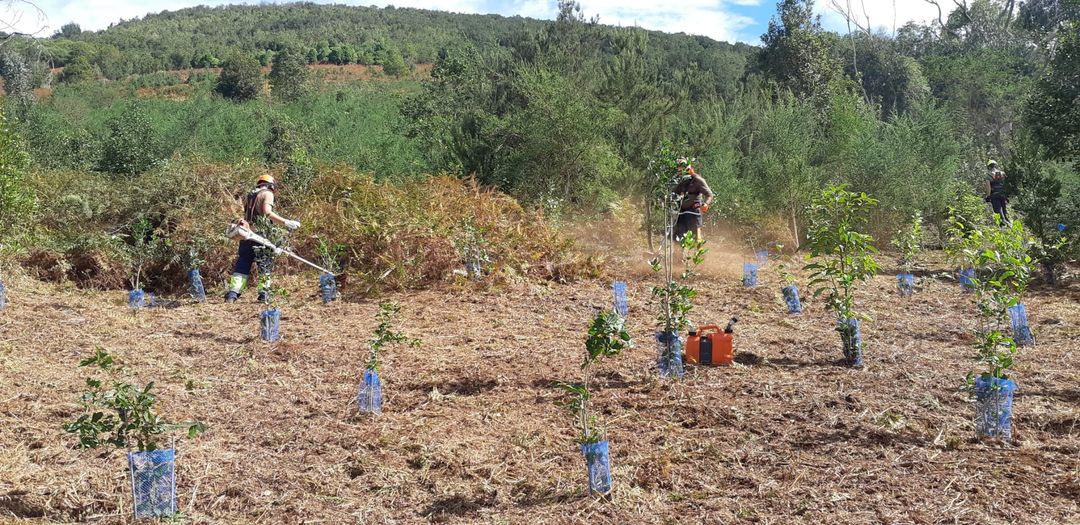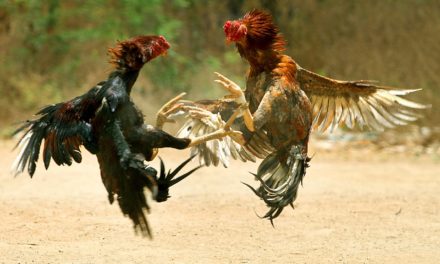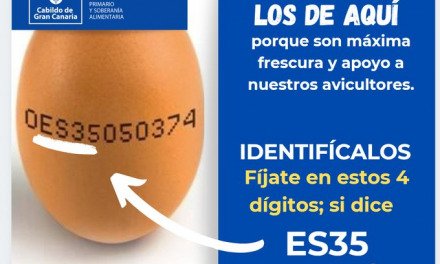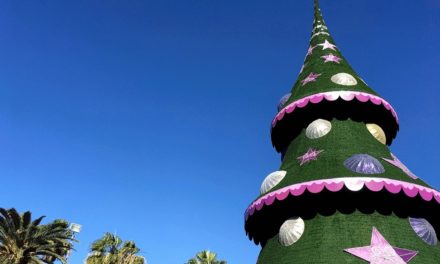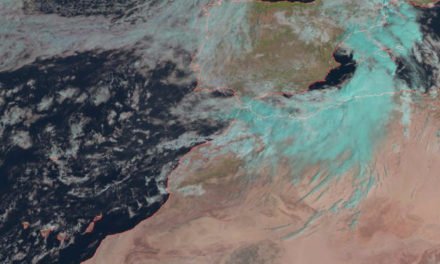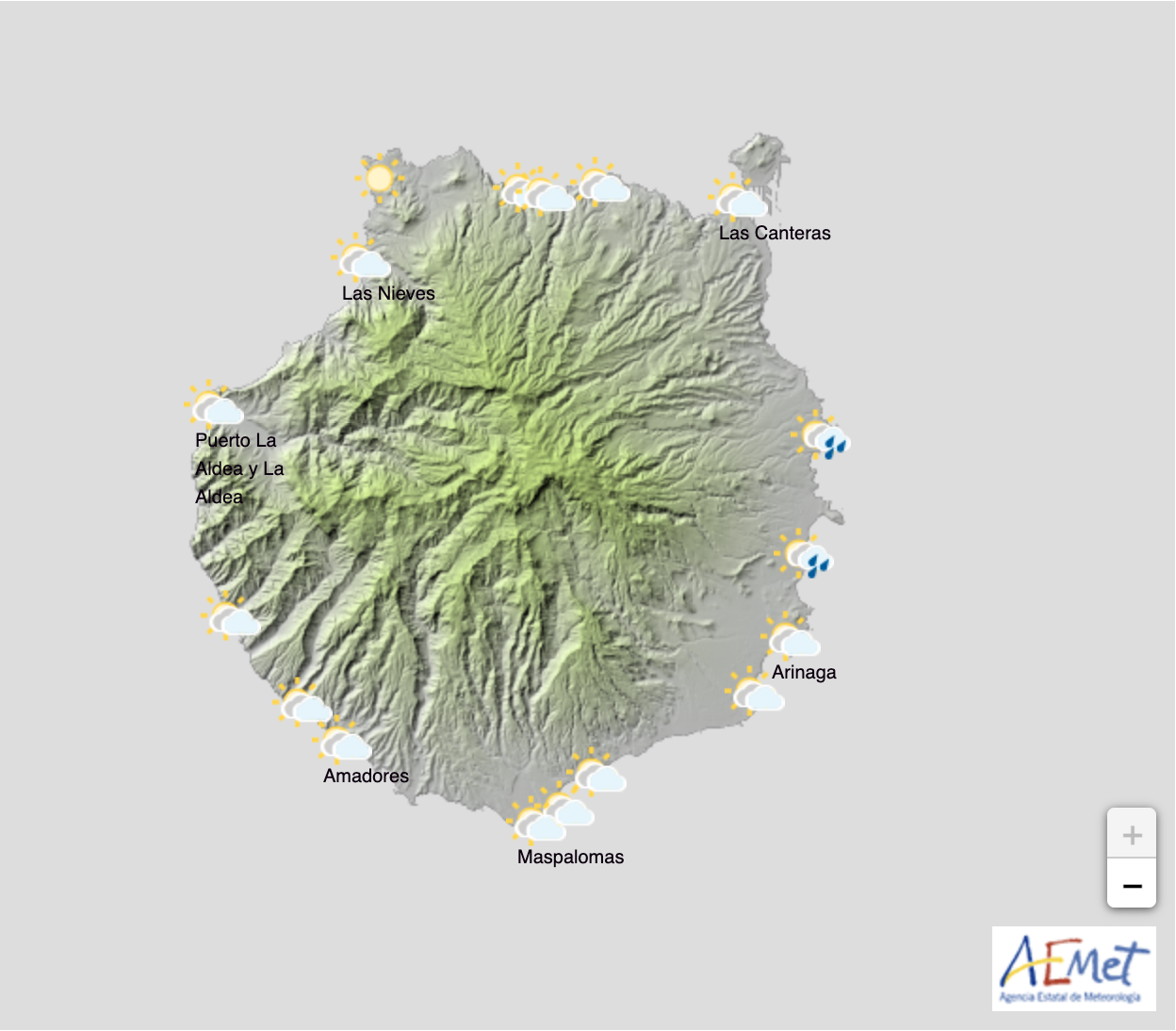The Cabildo de Gran Canaria are allocating more than €400,000 to plant 8,000 laurel trees, and thermophilic forest containing species resistant to fire, at the eight of the largest island farmlands on the north of Gran Canaria.
Each year, 2000 specimens are to be planted at these Farms; Osorio located in Teror, La Cazuela in Firgas, El Brezal in Santa Maria de Guía, Los Chorros, Los Tilos and Peñón in the municipality of Moya, and San José del Álamo and Montaña de San Gregorio in the capital, Las Palmas de Gran Canaria.
These farmlands are within Forest Fire High Risk Areas (Known in Spanish as ZARI – Zonas de Alto Riesgo de Incendios), so the project also includes the clearing of 25 hectares of bush and brambles, each year, to clear away the potential vegetative fuel that accumulates in these areas.
The repopulation will fundamentally extend the laurel populations with fayas, paloblancos, laurels, aceviños and viñátigos, as well as thermophilic (fire-resistant) species including the endemic dragon trees, wild olive trees, junipers and palm trees, in San José del Álamo and Montaña de San Gregorio.
The project will include the technical environmental management to establish the annual schedule of clearing, which will be carried out before summer, which is, the time of greatest risk, and repopulation, which is carried out after the summer period to take advantage of the rains, as well as well as the monitoring of what has been planted, always in coordination with the Cabildo’s Environmental team.
The expense is to be distributed with the first €50,000 for 2021, slightly more than €100,000 for the annual budgets from 2022 to 2024, and another 50,000 for the first half of 2025.
This initiative is a further aspect of the Cabildo’s continued work in favour of biodiversity, that includes action such as the pioneering Life Nieblas Project (testing technology like innovative fog collectors, aiming to mitigate various impacts and effects caused by climate change in areas of southern Europe and outermost regions, through mimicking natural water collection systems), to repopulate more than 30 hectares, that were burned and are now at a high risk of desertification, with 20,000 laurel trees by 2024, in the Barranco de la Virgen and also contribute to the regeneration of aquifers, to recovery of the Doramas Forest, to produce a great green, humid fire-fighting shield for Gran Canaria.

